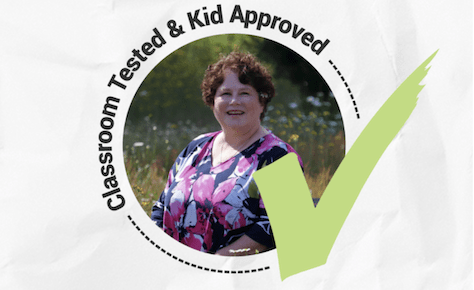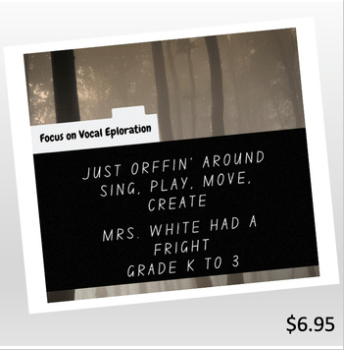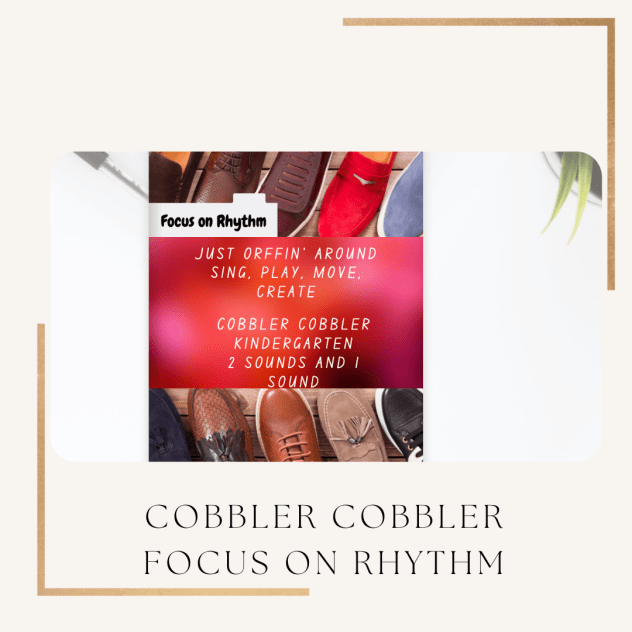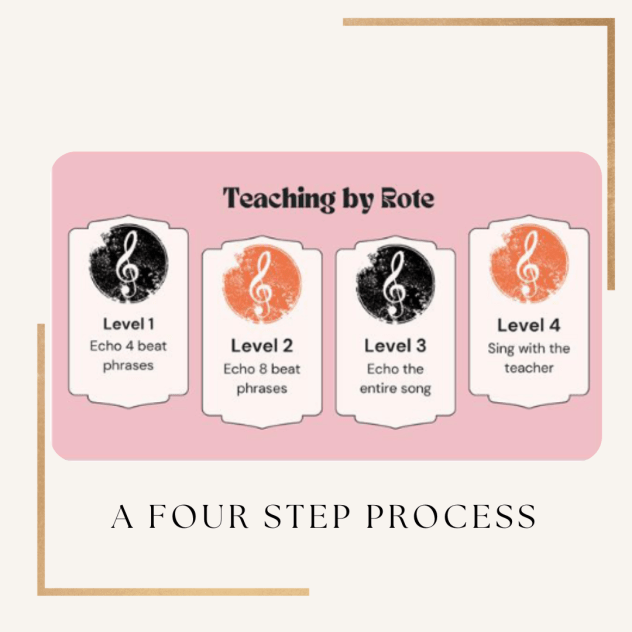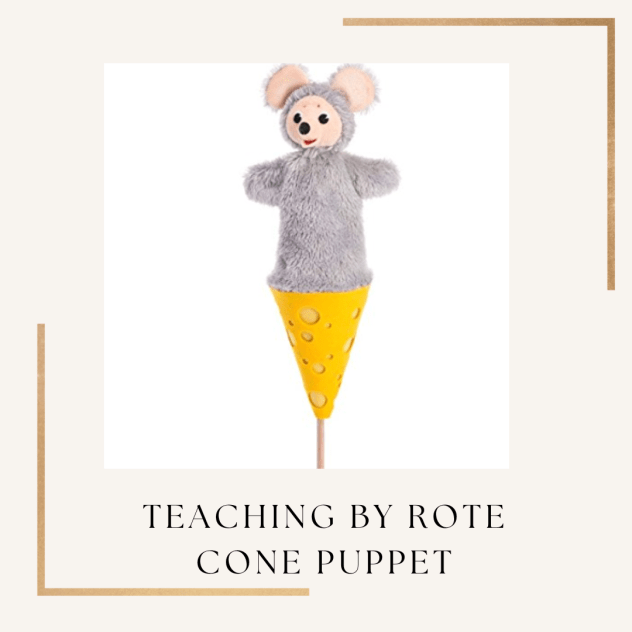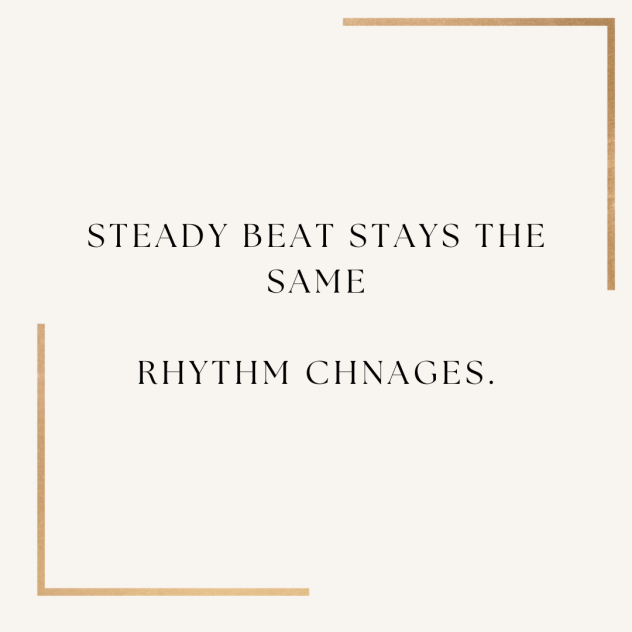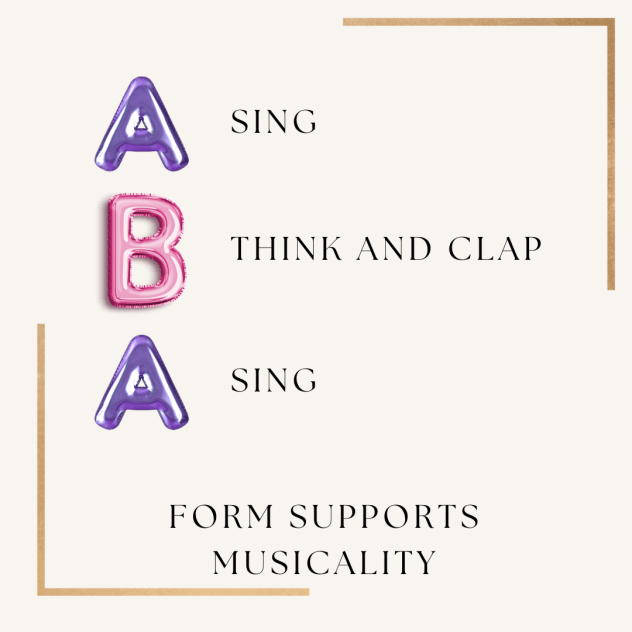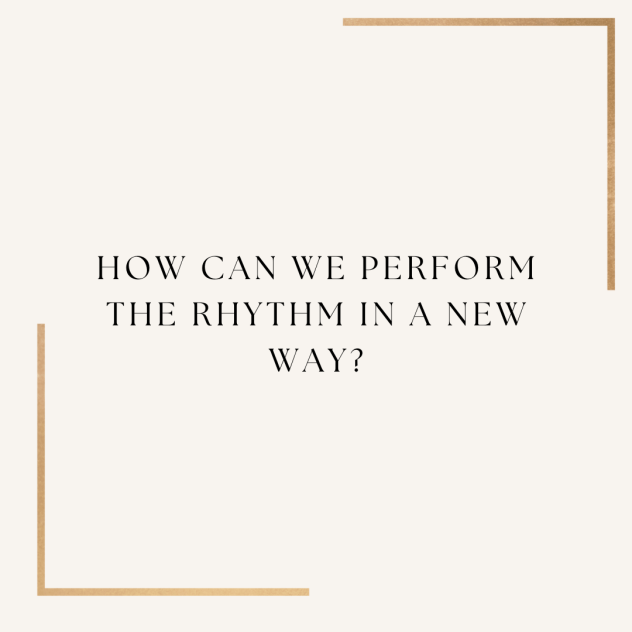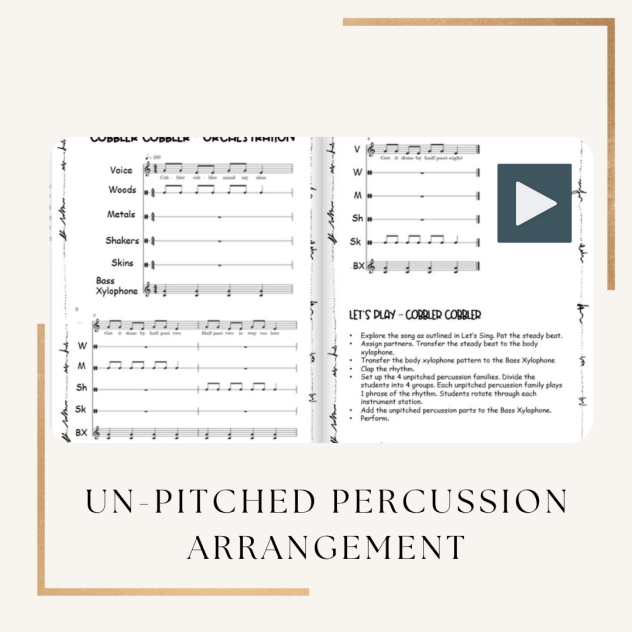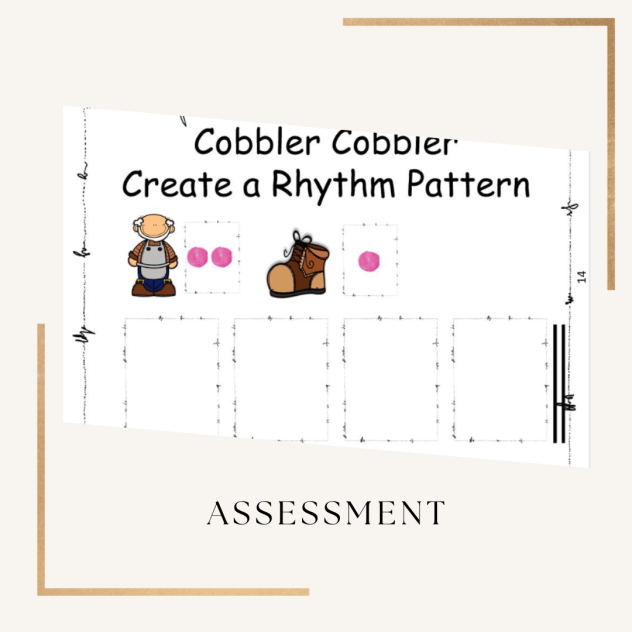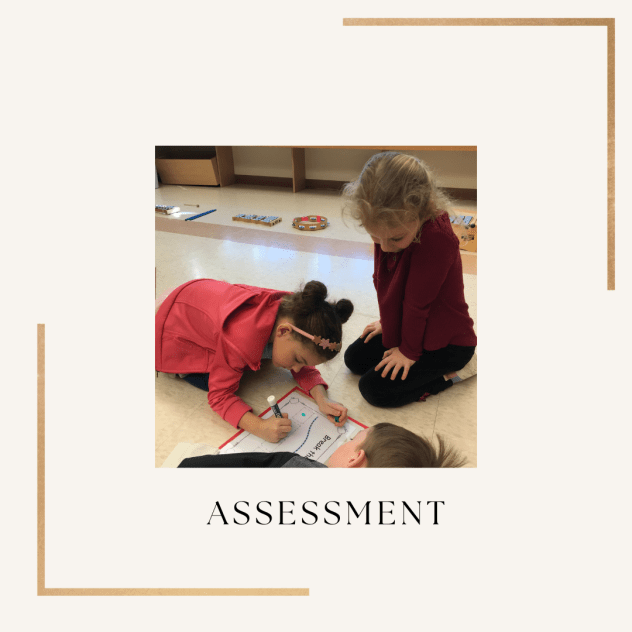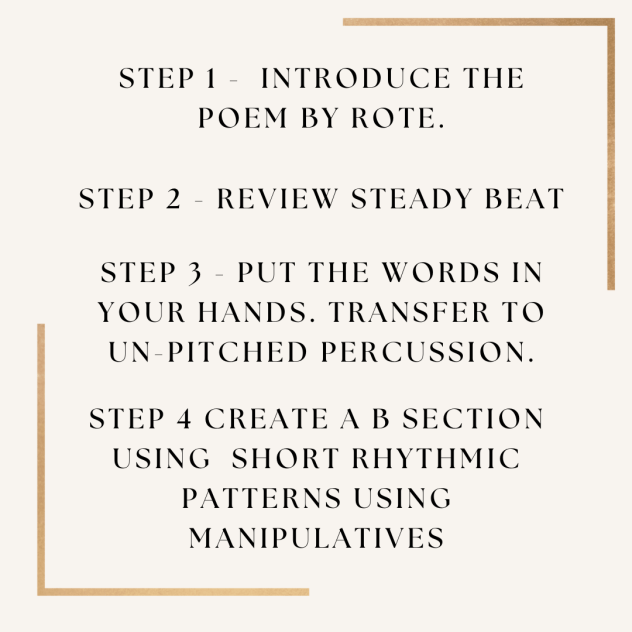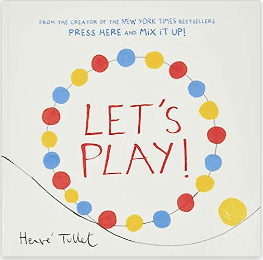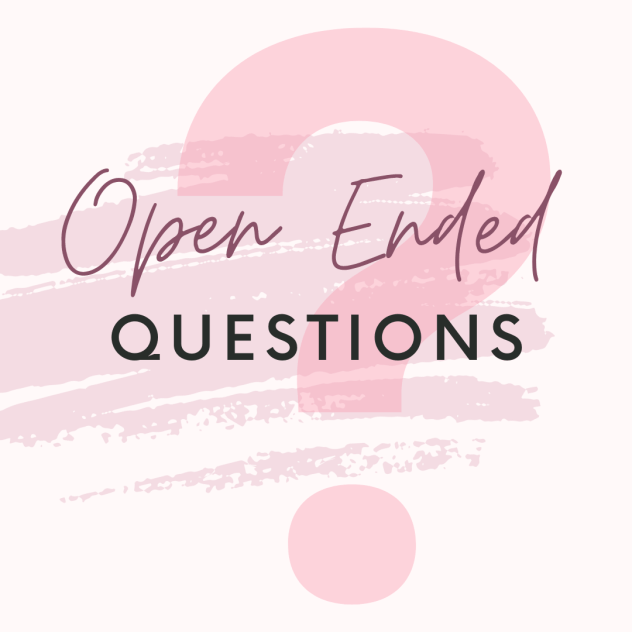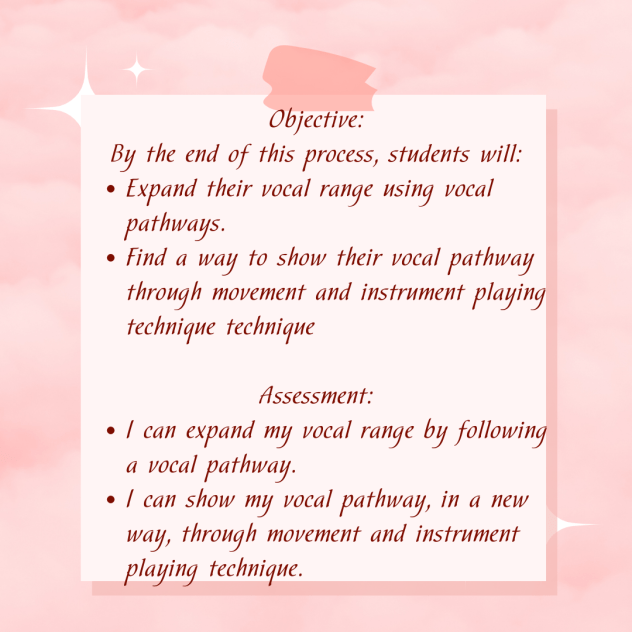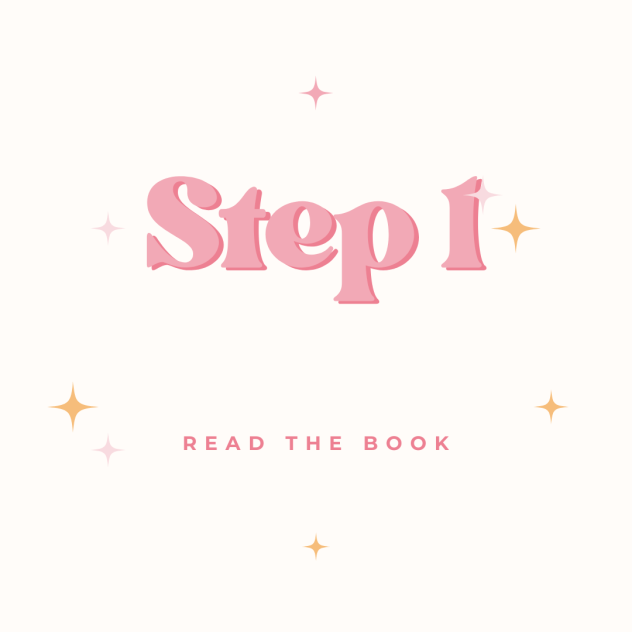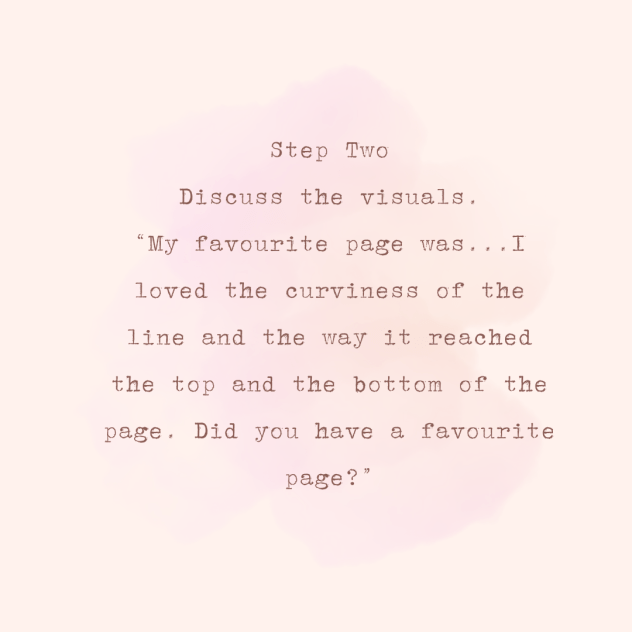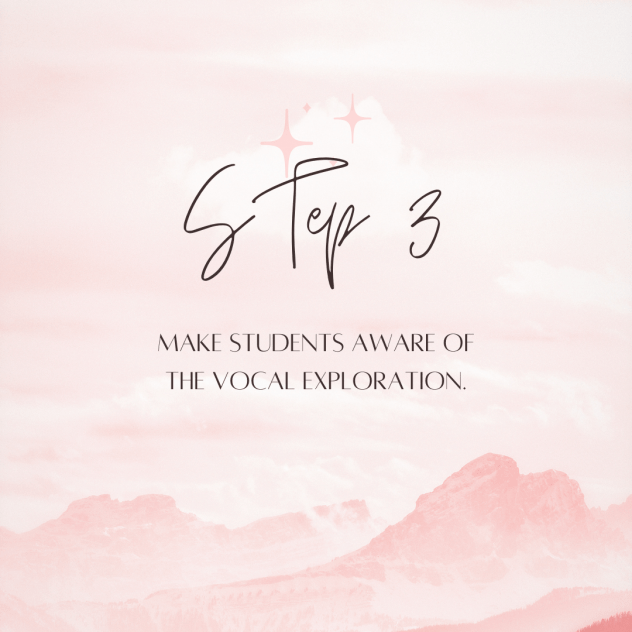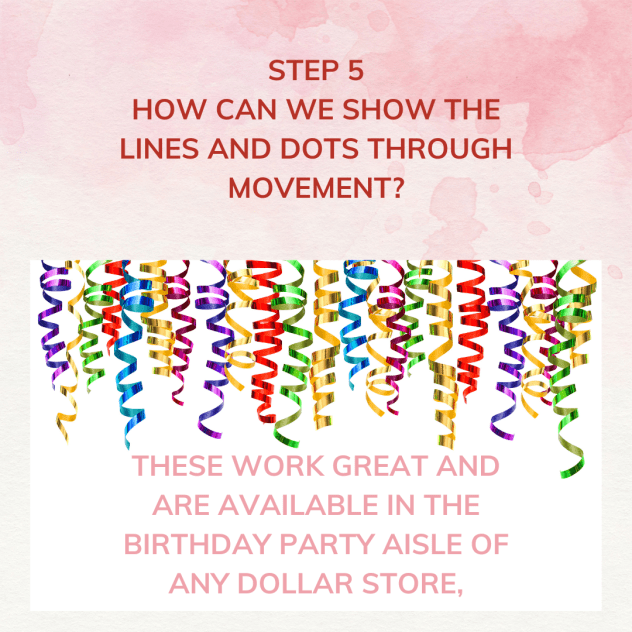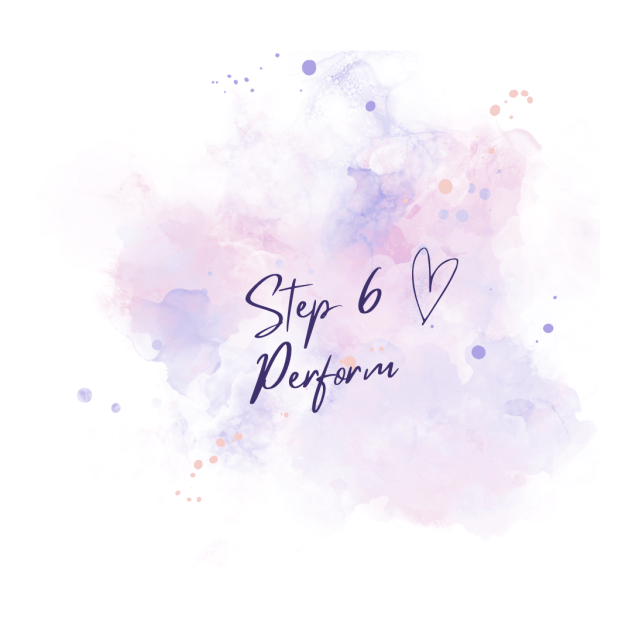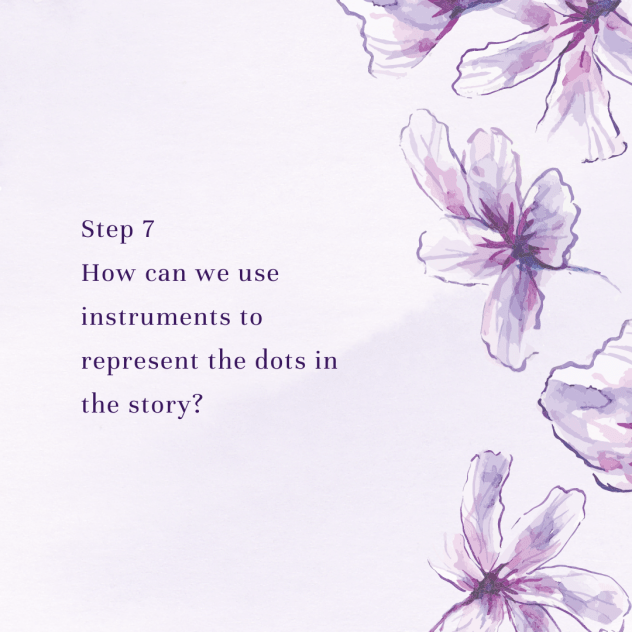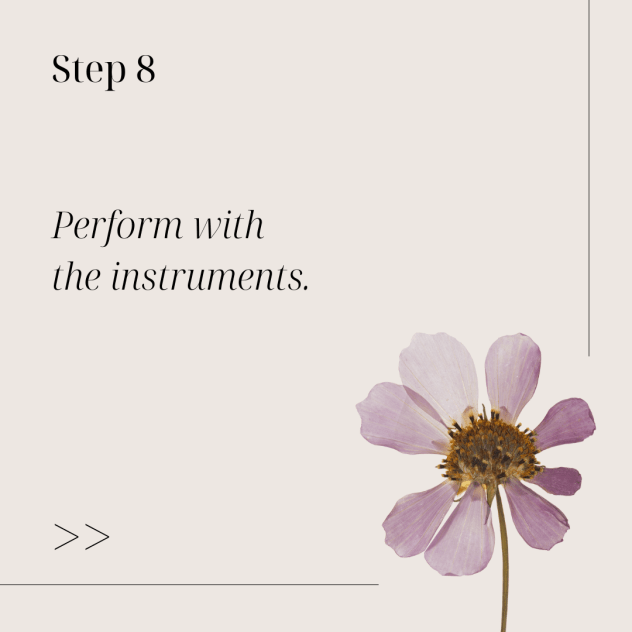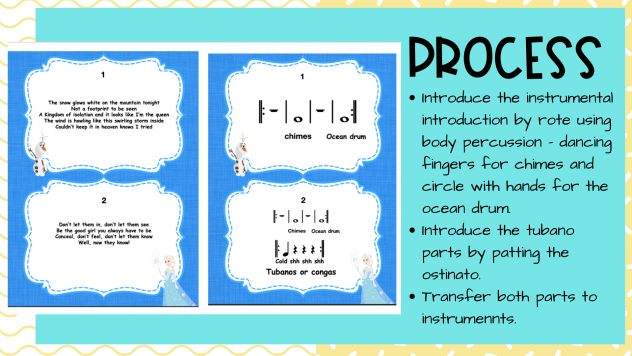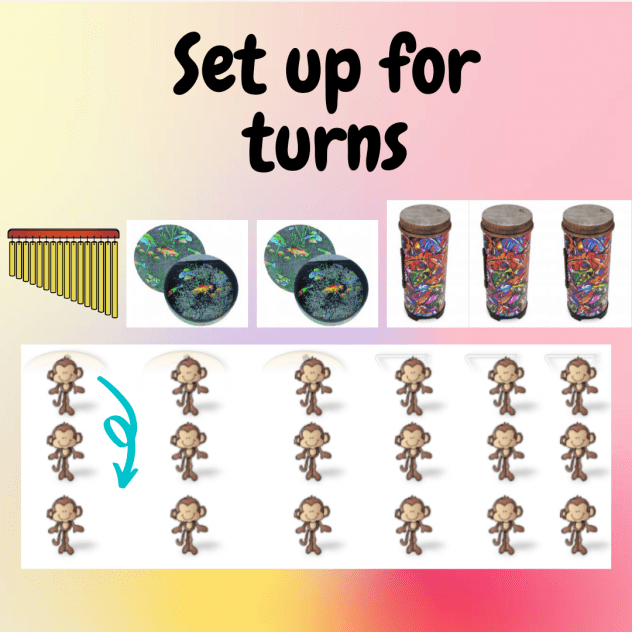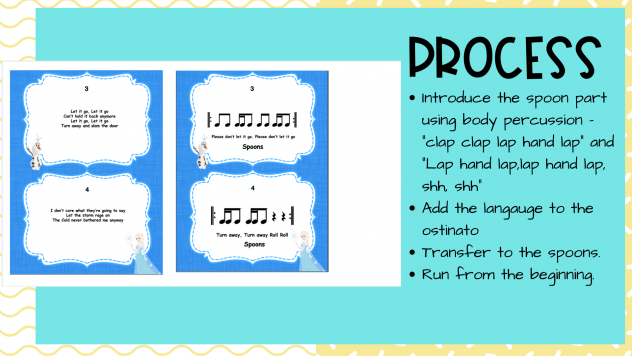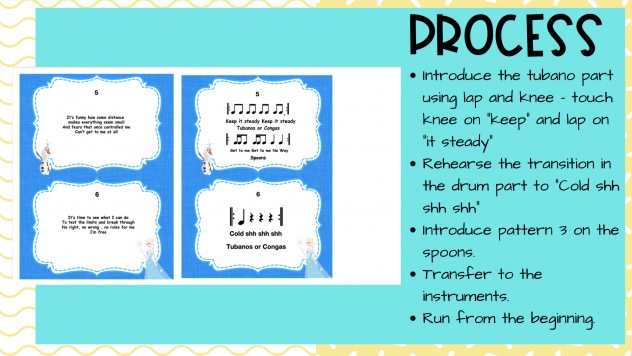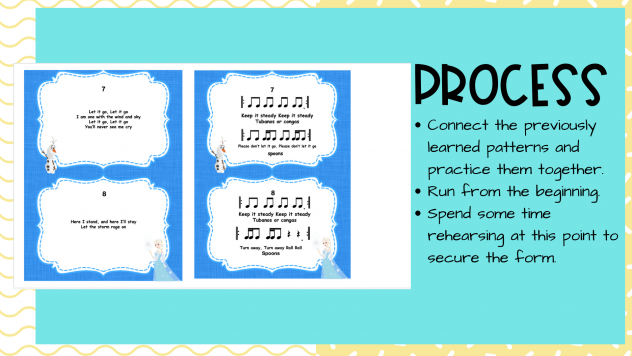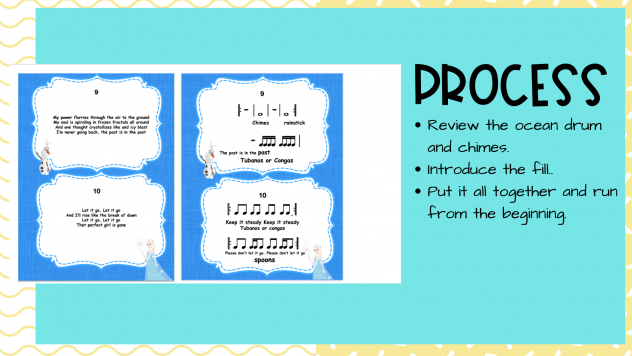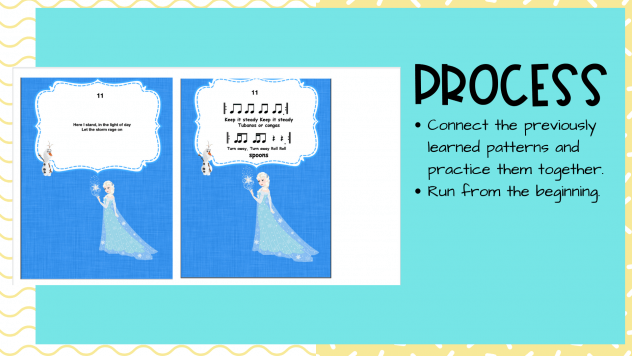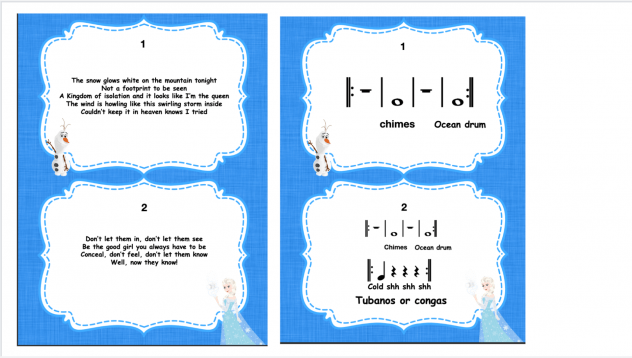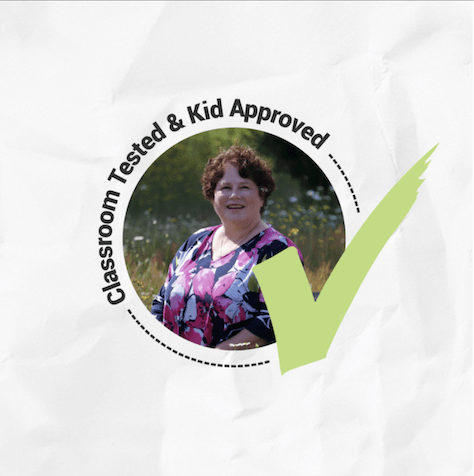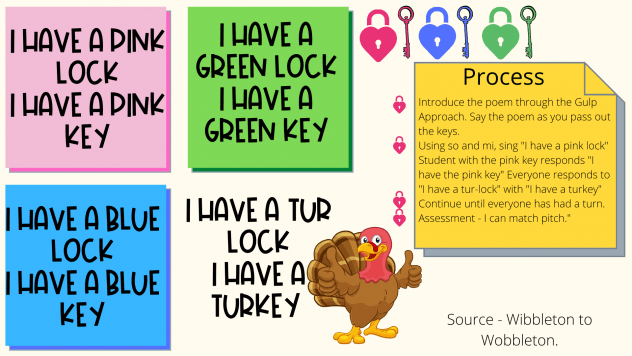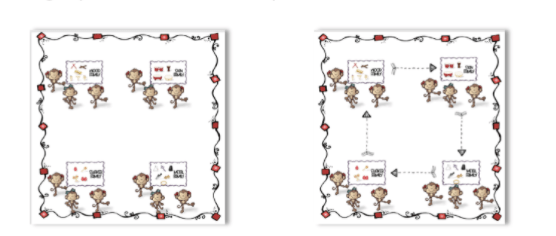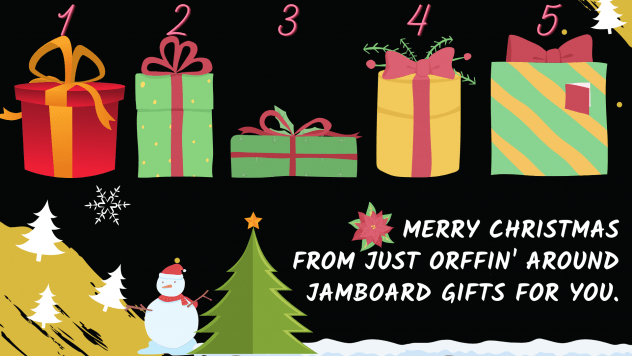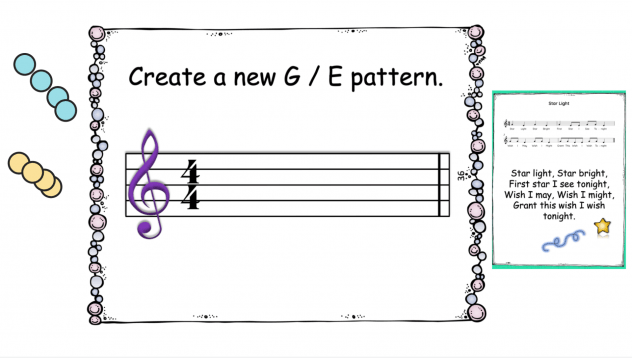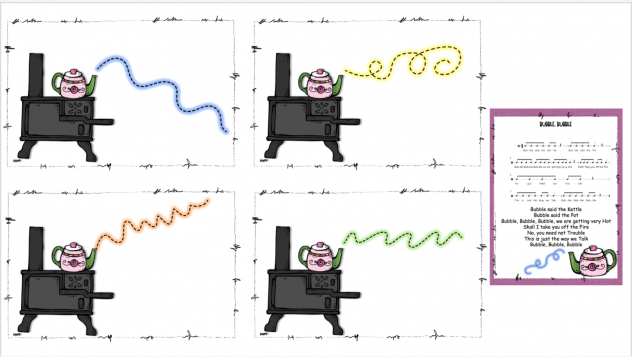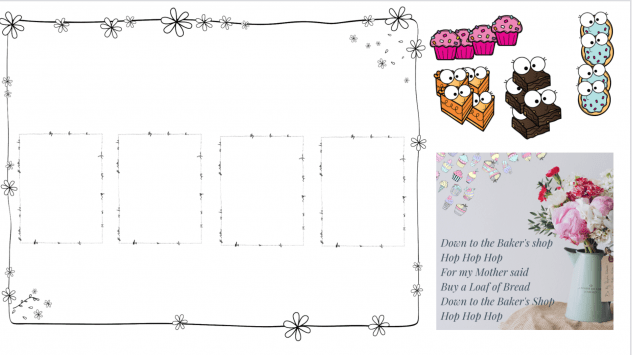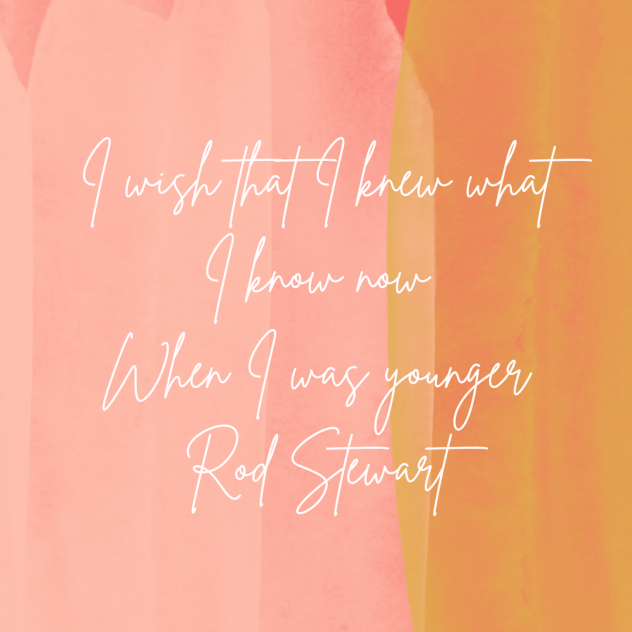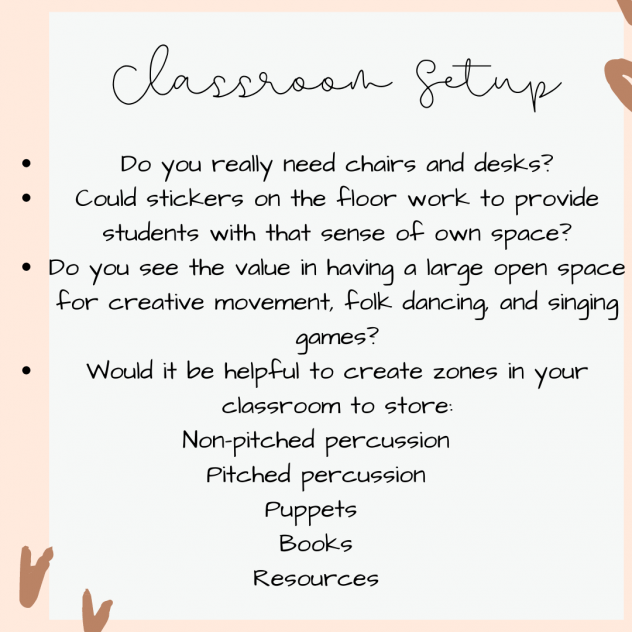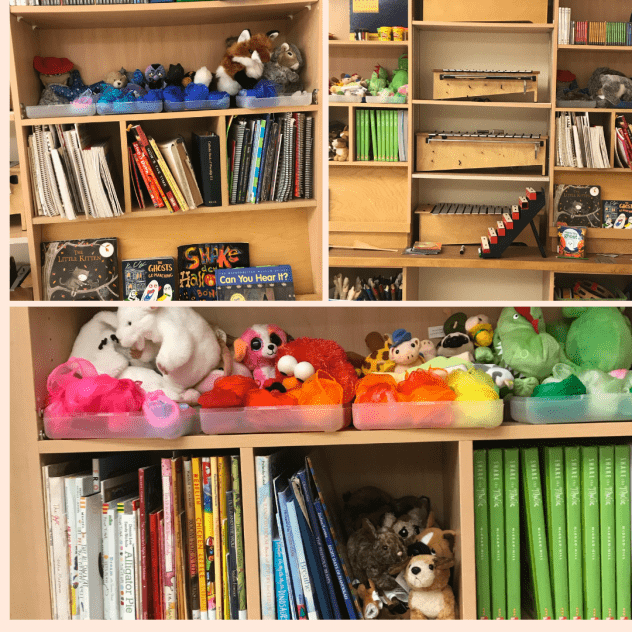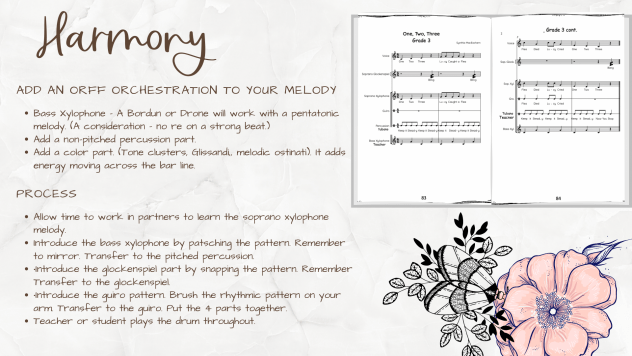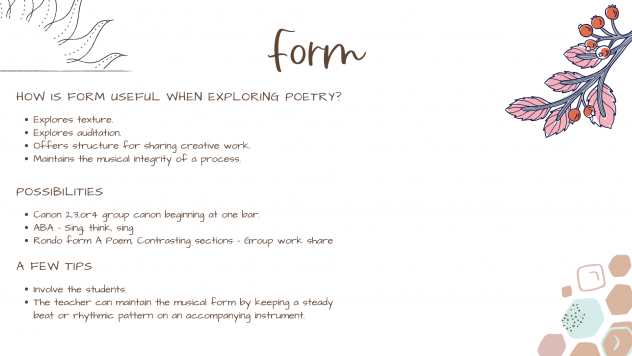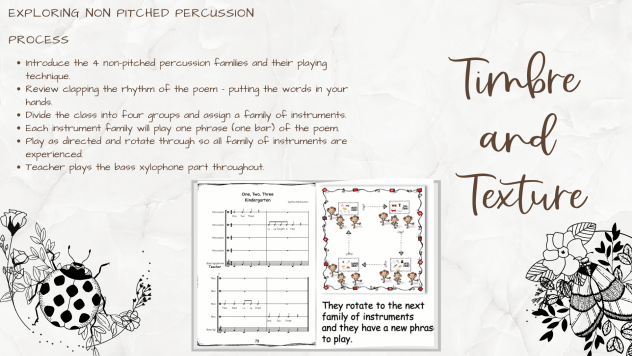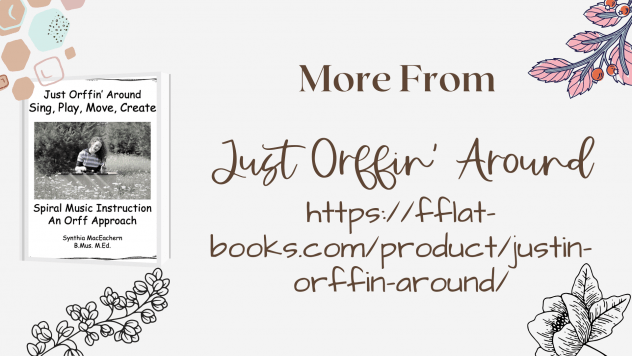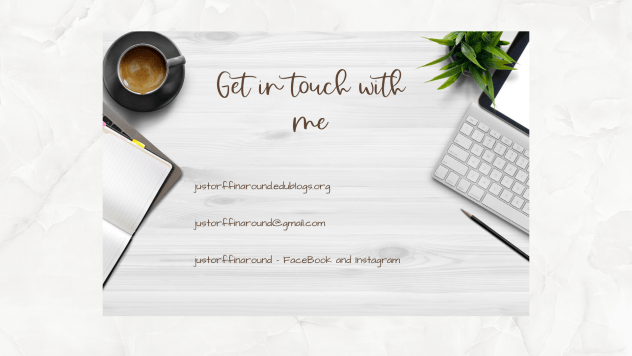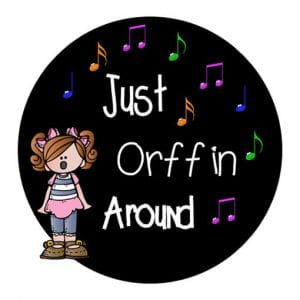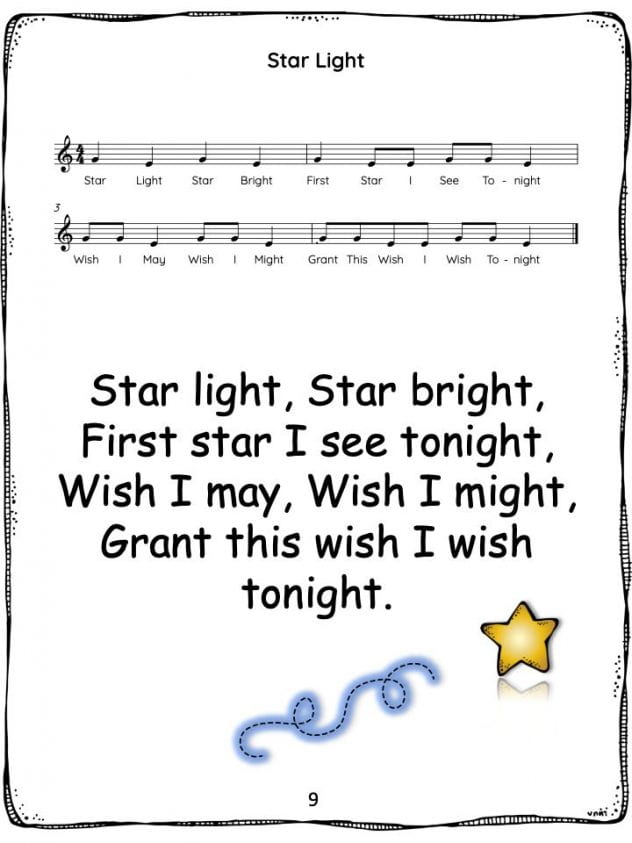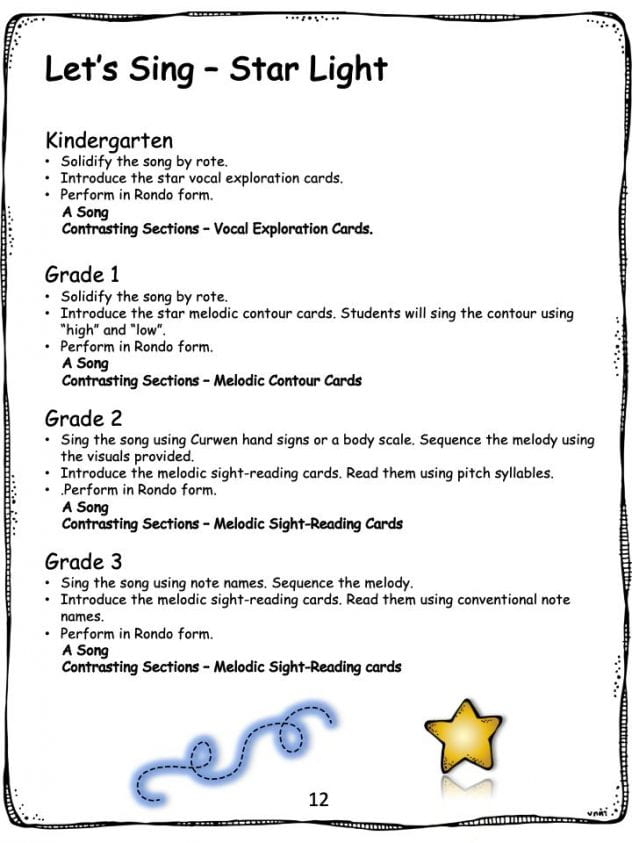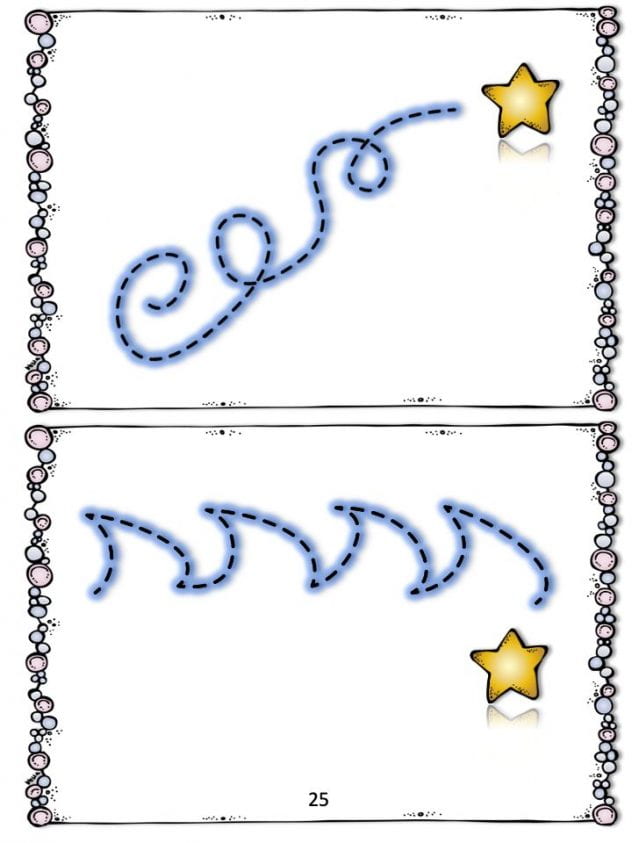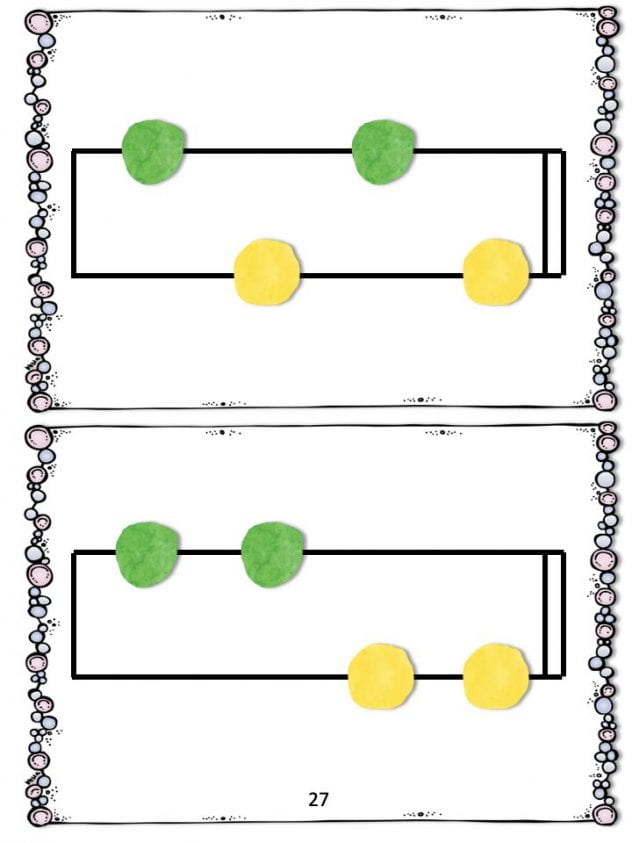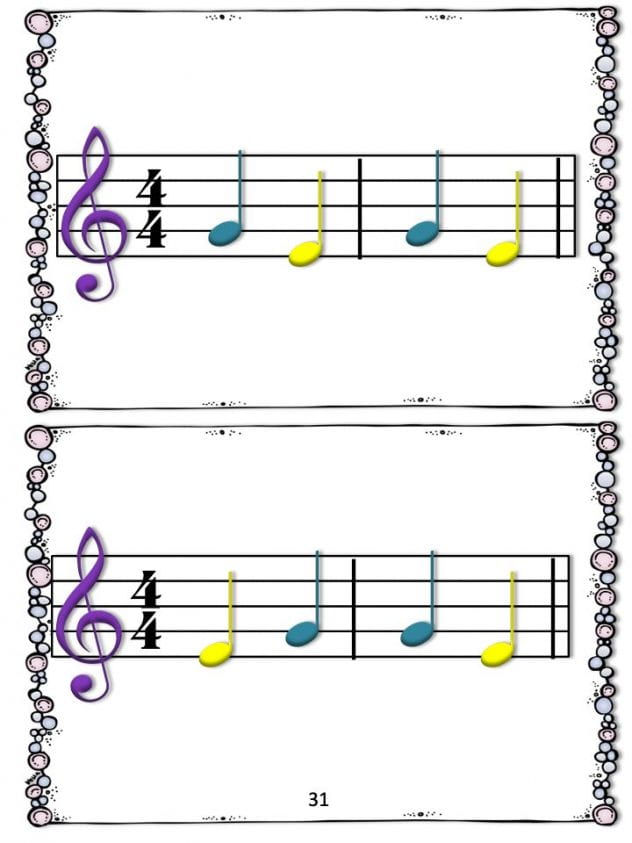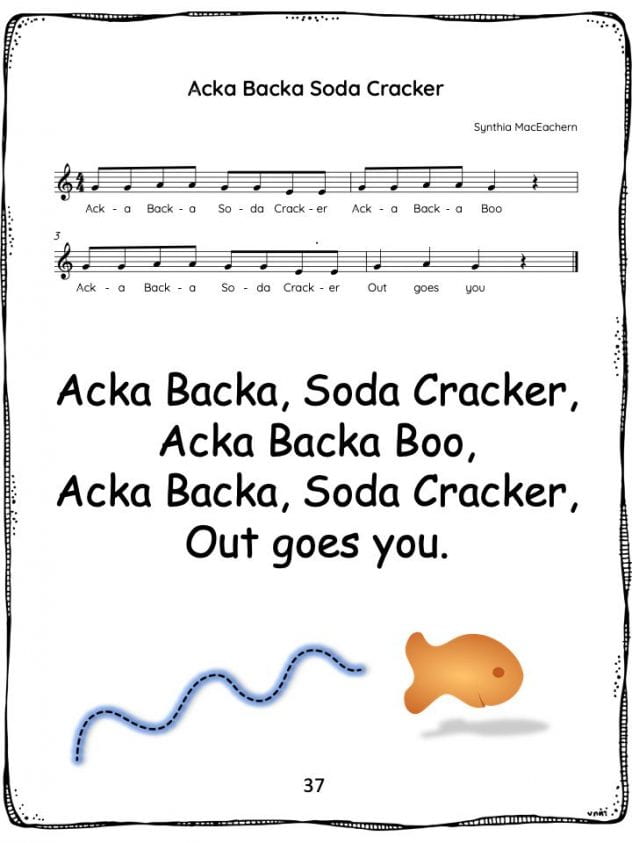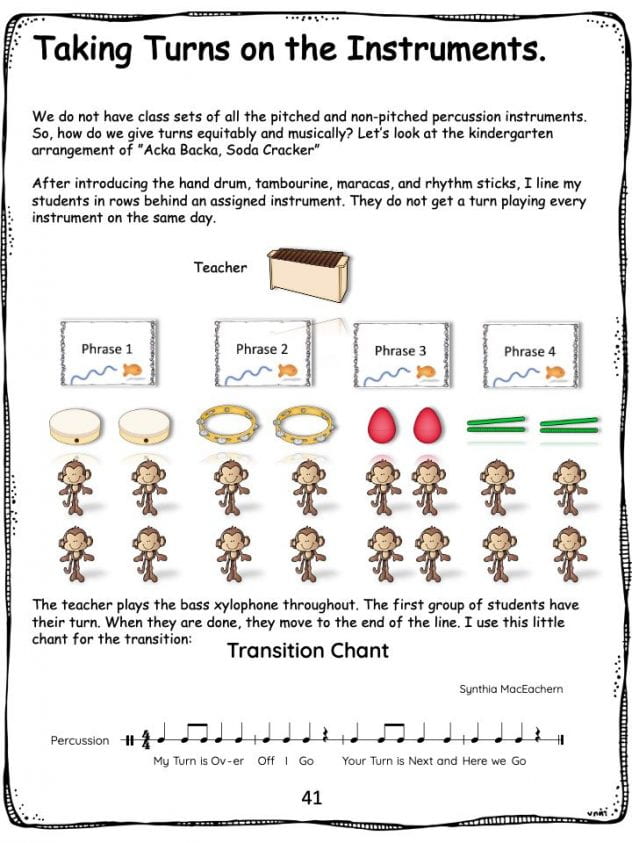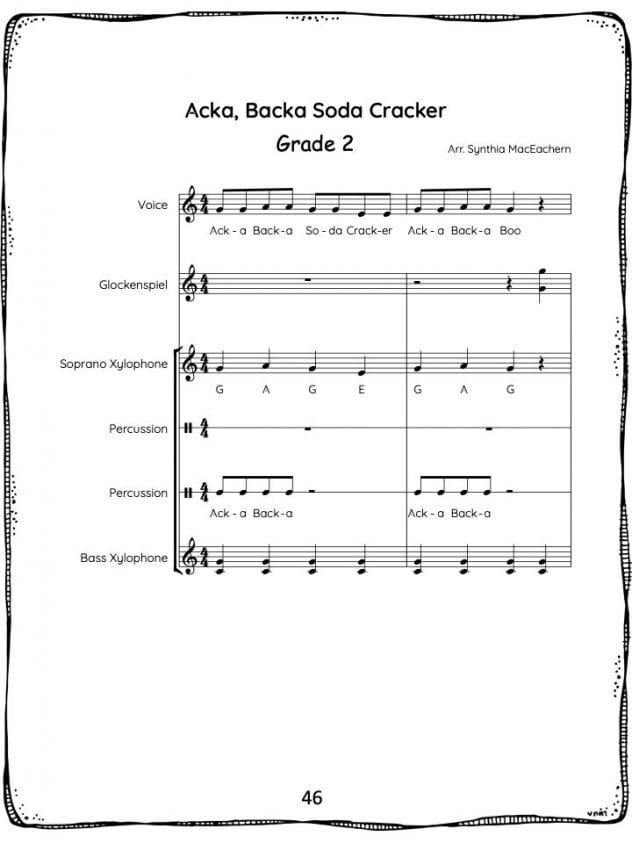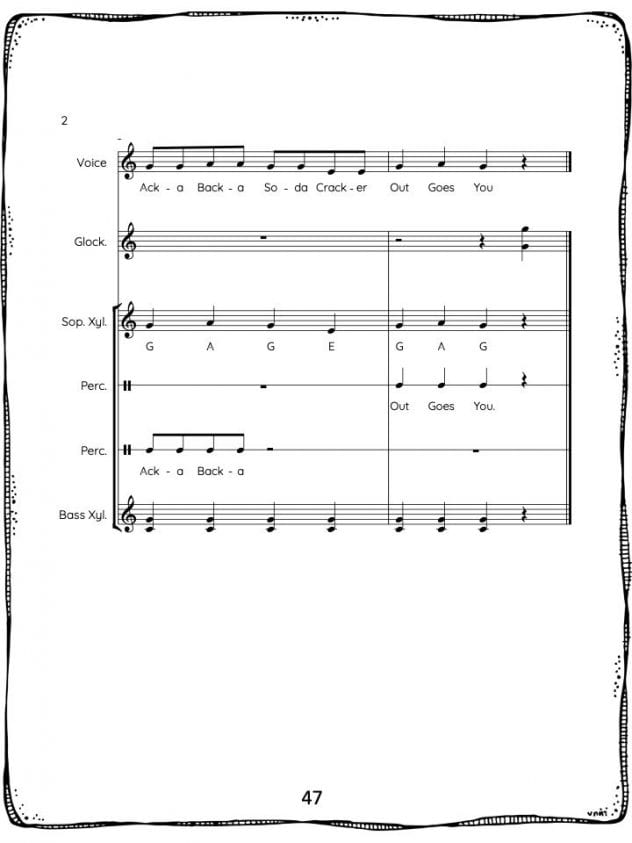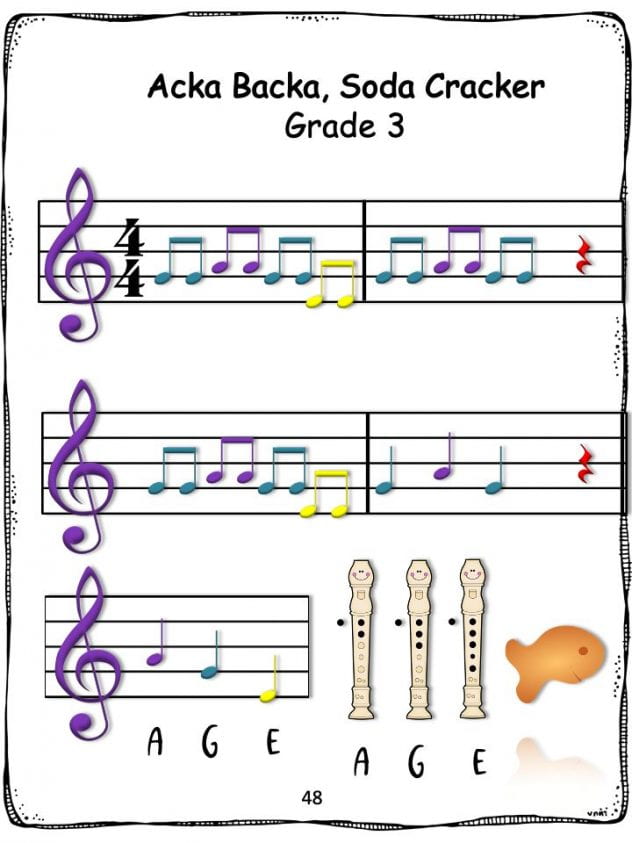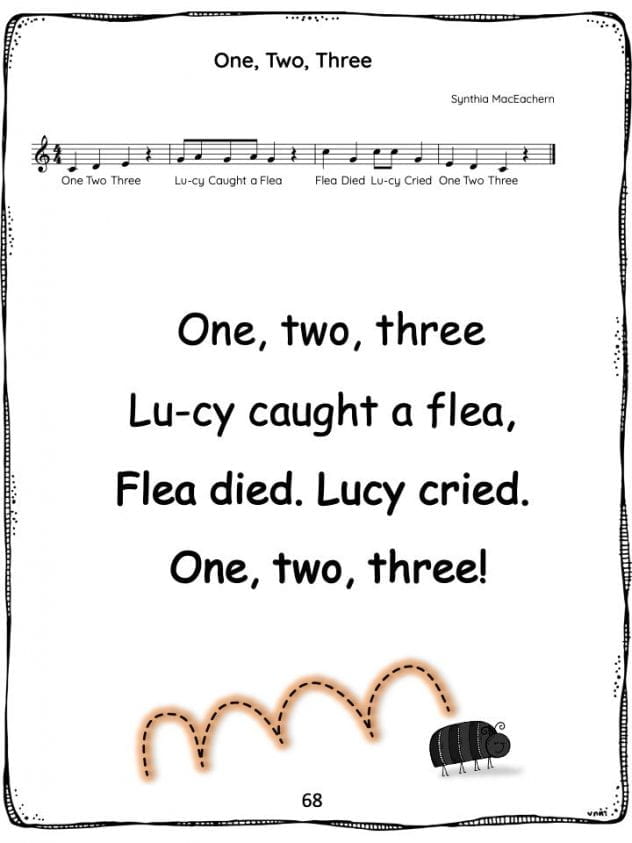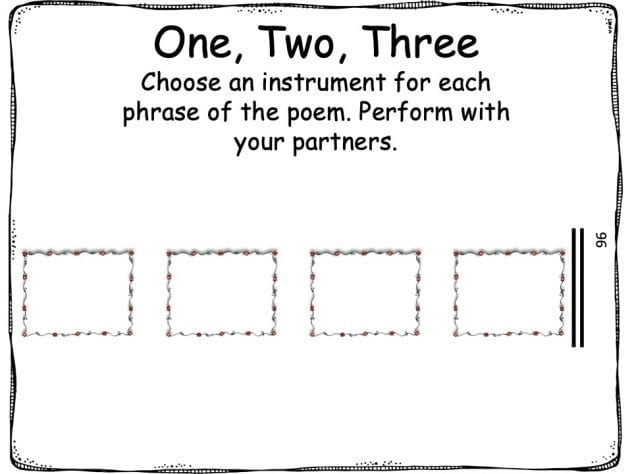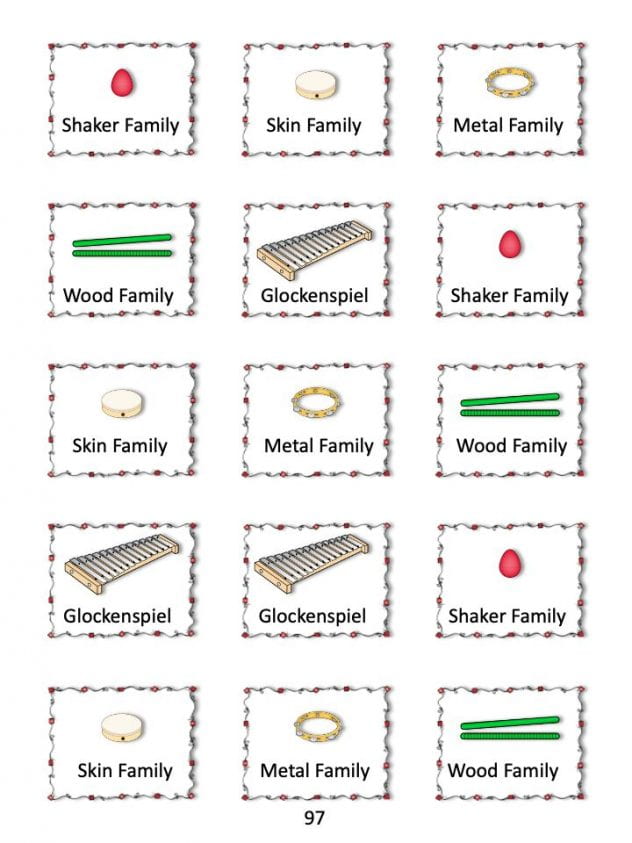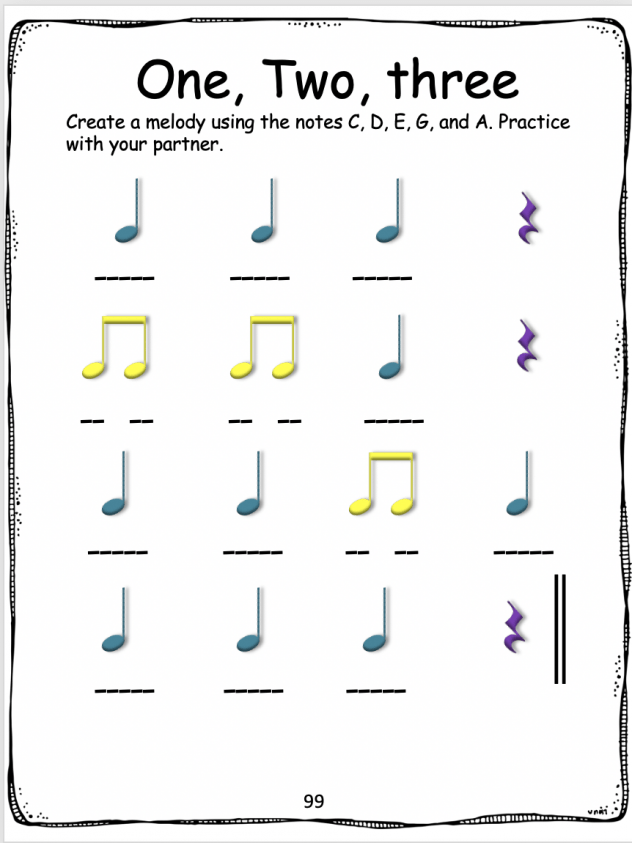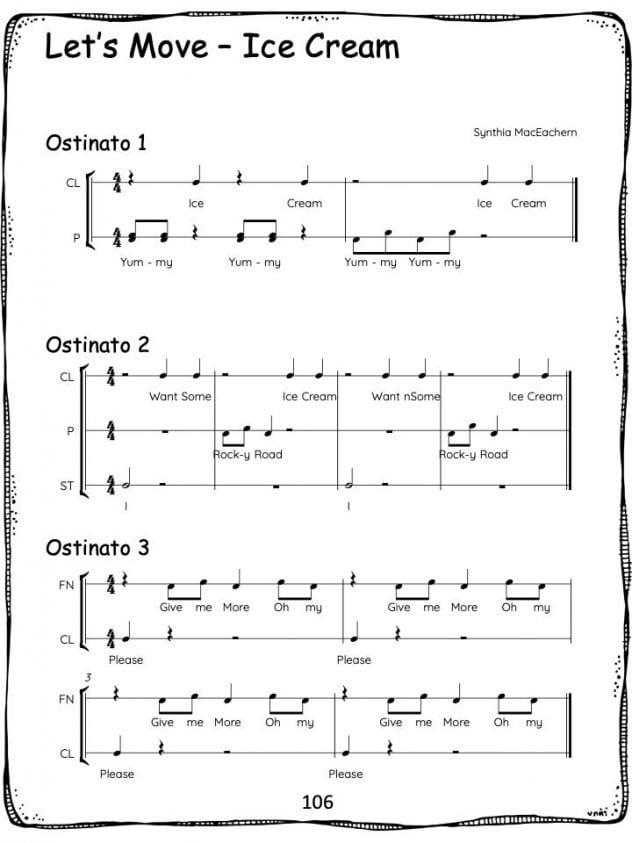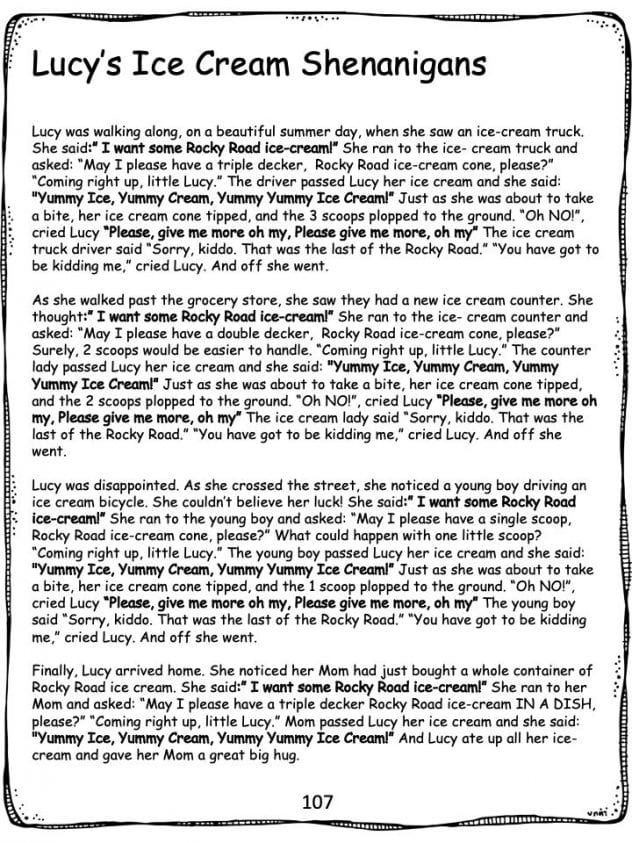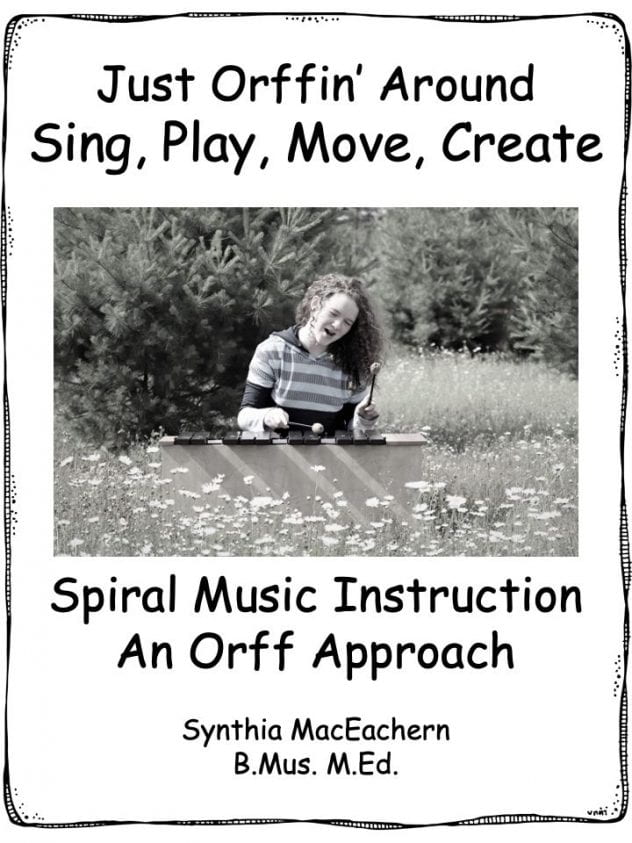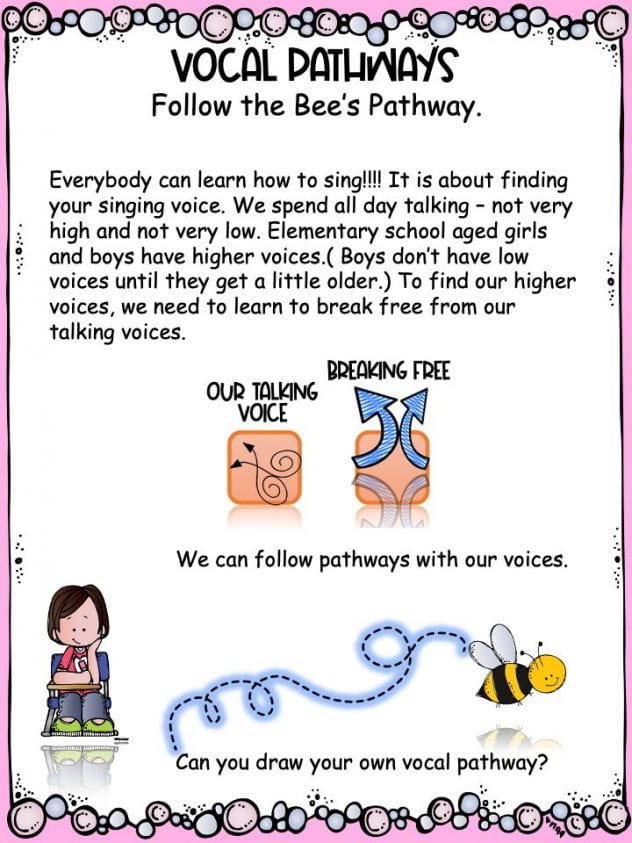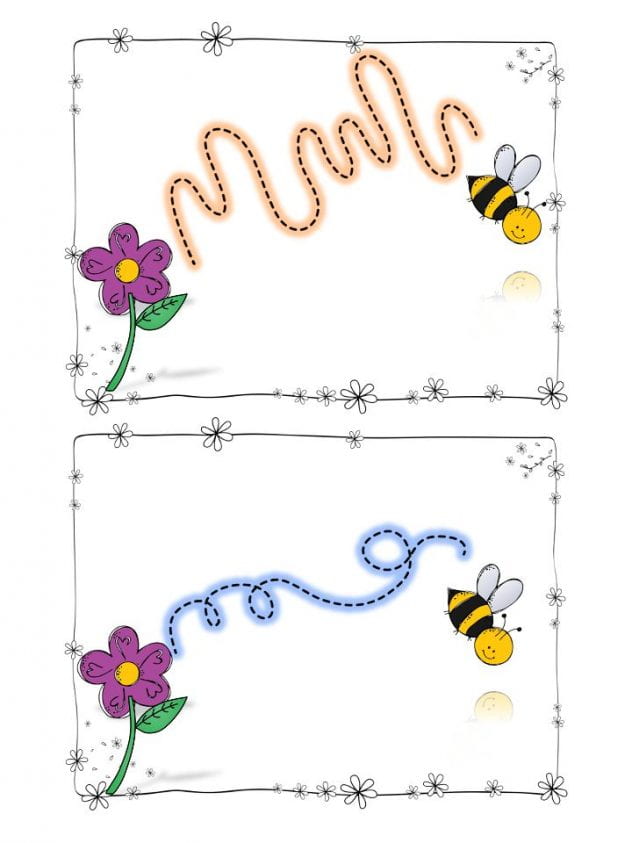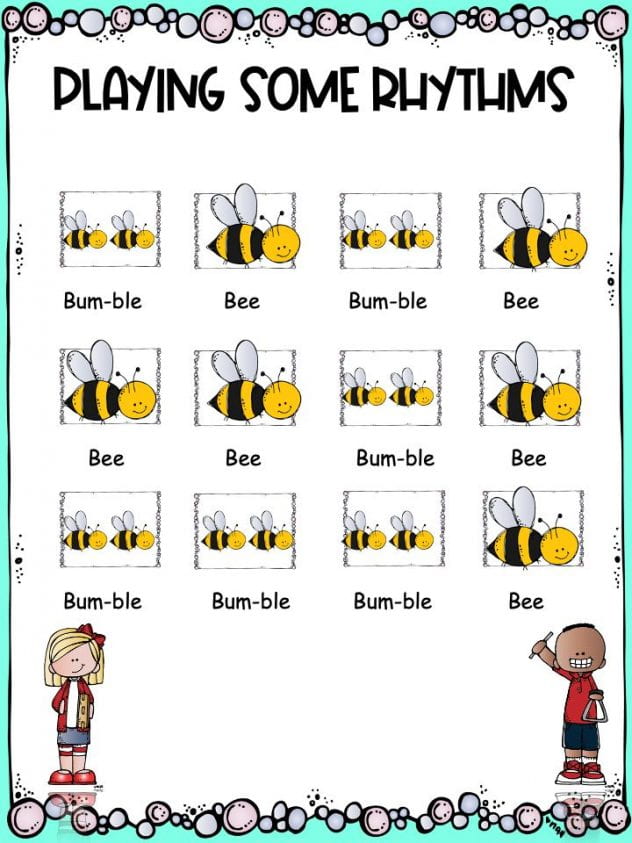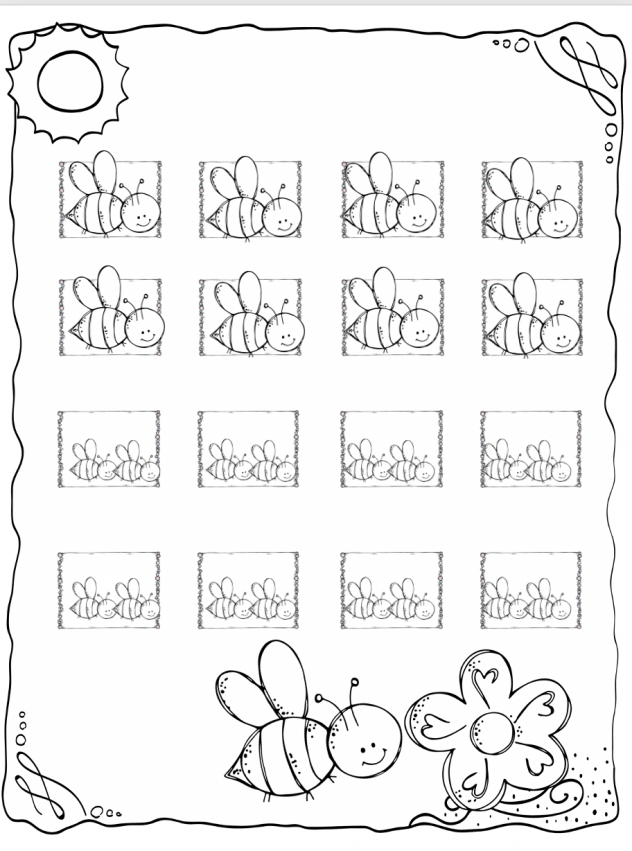I love this time of year in the music classroom. Halloween songs and poems are exciting for K to 3 learners. (And me, too.) I will do a weekly series in October sharing what I am doing in the classroom.
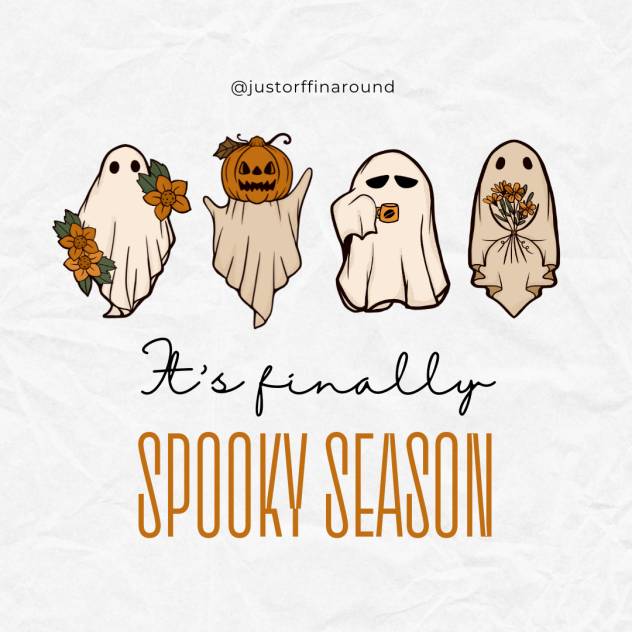
I rediscovered Wee Sing Halloween several years ago and loved some of their little tunes. A favourite in my classroom is “If I Were a Little Ghost.” By the end of this experience, students will:
- Label the glockenspiel.
- Identify that it has a high sound.
- Hold the mallets like handlebars of a bike.
- Bounce off the keys gently.
- Play in the middle of the keys.
- Improvise a short melodic fragment.
It uses a simple I-V accompaniment that the teacher can play as the students sing. I use it for glockenspiel improvisation as a B section. You can do this in 4 possible keys that fit with a pentatonic scale – C, D, F, G. I tend to do it in D with my littles because some are still finding their singing voices. D is a comfortable key to sing accurately at a young age. The keys of F and G work well with older singers who have expanded into their head voice.
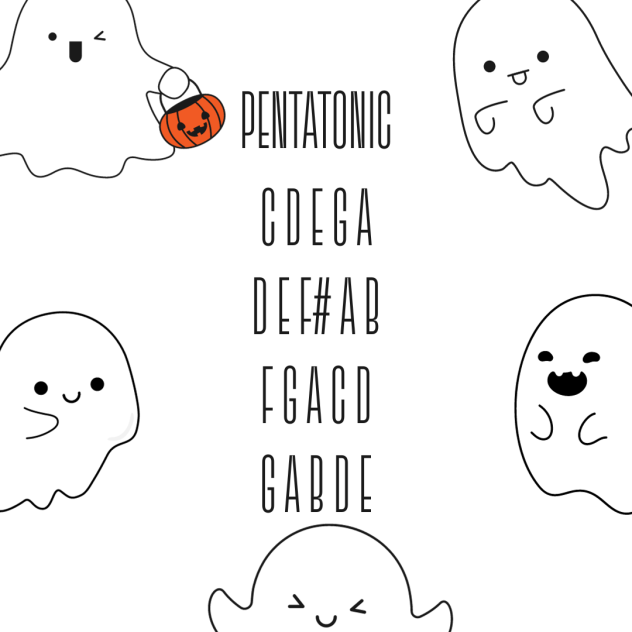
Pentatonic scales are excellent for young improvisation. They can make their “ghosty” music for the B section by playing any note within the specific tone set. Take off the bars on the glockenspiels that don’t fit and let them play.
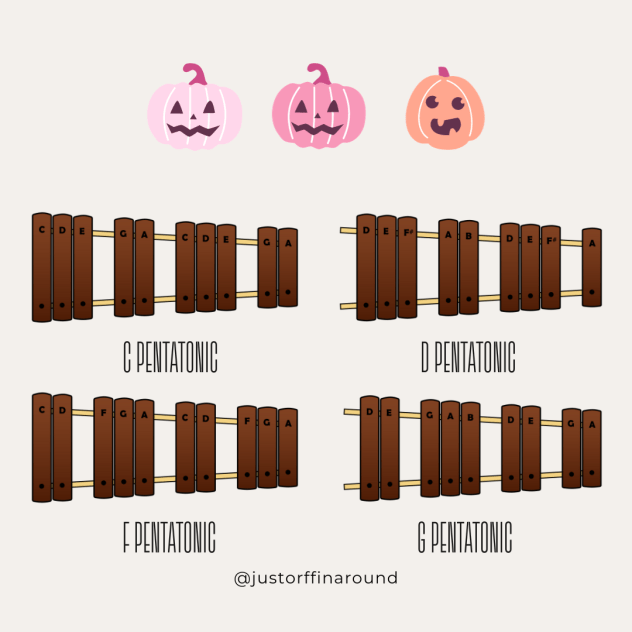
Teaching pitched percussion technique starts in kindergarten. Our focus is on:
- Identifying a Glockenspiel
- Identifying it has a high sound
- Introducing Mallets
- How to hold the mallets
- Bouncing off the keys gently
- Playing in the middle of the keys.
Instead of telling them all this, I ask questions to lead them to the answer.
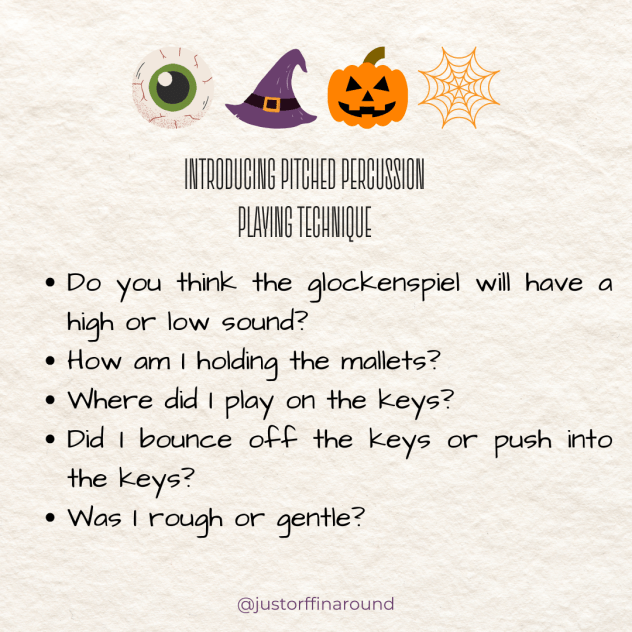
I use feathers as a prop to support the length of the improvisation. When the feathers are in the air, students play. When the feathers touch the ground, they stop. We continue in ABA form until everyone has had a turn. I use the following setup to facilitate turn-taking musically.
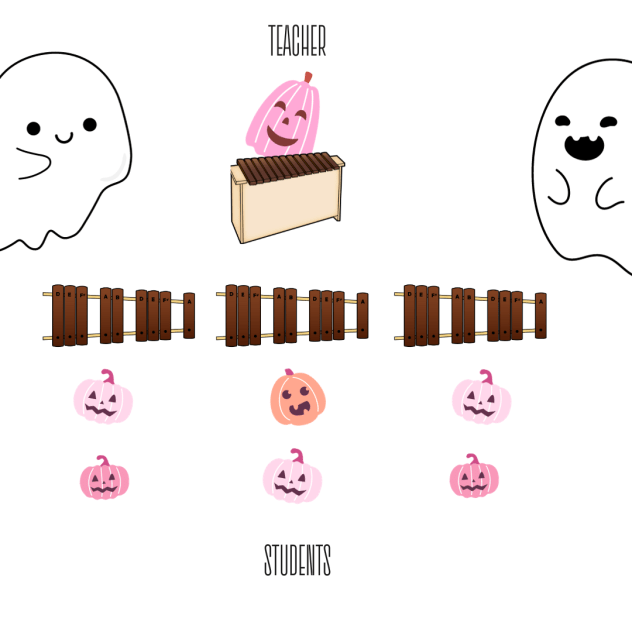
Once the student has had their turn, they go to the end of the line. The class sings the A section as the next kid prepares to play.
Improvisation is one pathway to take with this song, but you can also explore movement. Scarves are very ghostlike. Students move as they sing. When the song ends, the teacher plays a spooky tremolo and calls out a body part for the ghost to land on. Students throw their scarves in the air and try to catch it with their:
- knee
- head
- arm
- elbow
- back
- bum
I like to bring the two learning experiences together – 1/2 the class improvises and 1/2 the class on ghosty movement.
So to lay out the process:
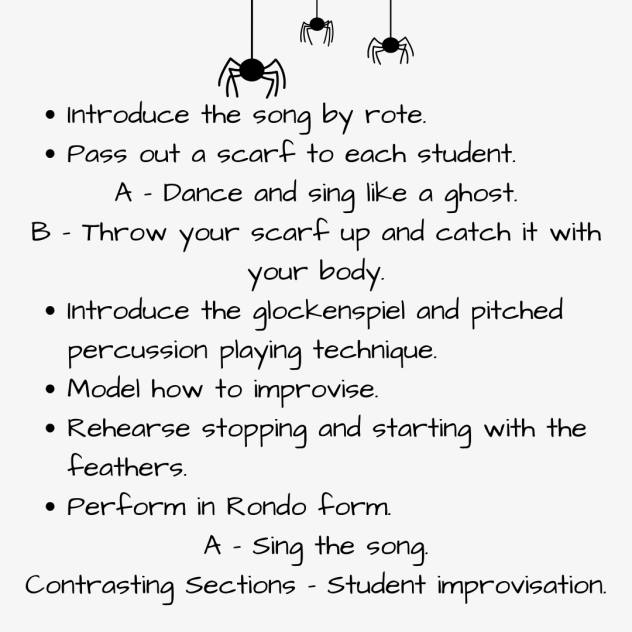
Click the link below for the teacher accompaniment of “If I Were a Little Ghost,” I hope your classes enjoy it as much as mine. Please let me know how it goes in the comments. I always love getting feedback.
If I Were a Little Ghost Teacher Accompaniment.
Check out some other Halloween fun on my TpT store by clicking the links below.
Take care,
Ms. Syndi
